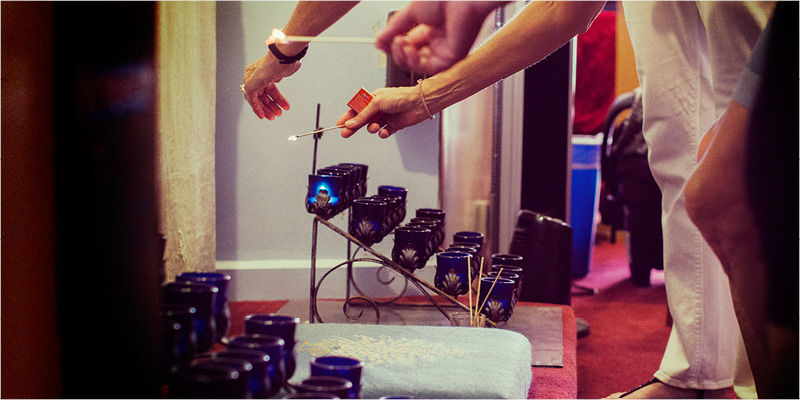I came to St. Michael’s in 2009. For the previous three years, I had been helping plant a conservative Presbyterian church in Alpine. St. Michael’s was a very different place! I went from the newest church in Alpine to the oldest church in Carlsbad.
One difference I have observed at St. Michael’s is the way we talk about prayer. I have come to theorize of this difference as new prayer versus old prayer. At St. Michael’s, old prayer is what I encountered for the first time. These two categories have some overlap, and they are both good disciplines. It is the difference between these two types that I find intriguing.
If you look for books on Amazon about prayer, you’ll find titles like: Prayer: Does It Make Any Difference? (Yancey) and Powerful Prayers in the War Room: Learn how to Pray like a Powerful Prayer Warrior (Lancaster). I found 14 books with the words “Unanswered Prayer” in the title, including The Unanswered Prayers of Jesus (Evans). Although I haven’t read any of these books, the titles are excellent examples of what I’m calling new prayer.
We teach children, when they pray, to fold their hands, bow their heads, and close their eyes. We do this mainly to help them avoid distraction while praying; there is no instruction in the Bible for such a pose. In fact, Biblical figures most often pray looking upward toward heaven, sometimes with their hands raised.
New prayer is occasional and usually (but not always) focused on requests or supplications. That is why we find so many books on “unanswered prayer”. New prayer sometimes (but not always) happens at specific times and places—like at a “prayer meeting” or a personal “prayer time”. People have a “prayer list”; many churches have “prayer chain” through which urgent prayer requests are communicated. These are all very honorable practices and disciplines that Christians ought to be practicing, and often.
Old prayer includes these things, but is based less on requests or supplications. St. Paul instructs the Thessalonian church in his first letter to “pray without ceasing” (Thessalonians 5:7). As a youngster growing up in the church, I was puzzled by how I could keep my hands folded, my head bowed, and my eyes closed “without ceasing.” Old prayer gets at the same idea that St. Paul is communicating.
In old prayer, prayer is simply turning our thoughts toward God. When we think about God, we are praying. When we thank God, we are praying. When we sing Psalms and hymns and spiritual songs, we are praying.
When we look at our neighbors and have compassion on them, we are praying. When we recognize a beautiful sunset as revealing God, we are praying. Anytime we are conscious of God being with us, that fits my definition of old prayer.
This is St. Paul’s exhortation to the Thessalonians, to “pray without ceasing.” In other words, in all we do, we should be conscious of God. Being conscious of God will help us to:
Trust in the LORD and do good;
Dwell in the land and befriend faithfulness. (Psalm 37:3)
Being conscious of God will also keep us from doing the…not-so-good. Our supplications may even seem less urgent as we trust God to supply all our needs.
The main difference I have noted between new prayer and old prayer is that in old prayer there is no such thing as unanswered prayer—because God Himself is the answer to our prayers, and He is always present. We acknowledge His Presence every time we say (or, really, pray), “The Lord be with you.”
St. Michael’s recommends:
Brother Lawrence, The Practice of the Presence of God*
Evelyn Underhill, The Spiritual Life *
Richard Foster, Prayer: Find the Heart’s True Home
* Find these titles at Village Books!
This article was written by parishioner Ben Conarroe, founder of PRO Mentors.

